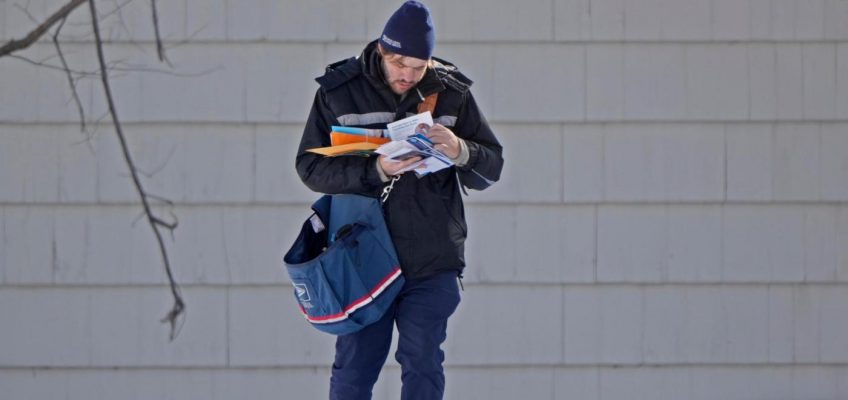Matt Borgschulte spent his winter familiarizing himself with Twins’ hitters, which meant staying in a guest house in rural Baxley, Ga., attending a toddler’s jiu-jitsu class in Houston and sampling Canadian delicacies in Québec City.
The Twins’ new hitting coach paid visits to Byron Buxton, Carlos Correa and Edouard Julien this offseason. A planned trip to the Dallas-area to visit Royce Lewis and Trevor Larnach was scuttled because of the weather.
Video chats and text messages helped him build relationships with other Twins hitters. It was all part of his way to acquaint — or re-acquaint — himself with the Twins’ roster after being hired to lead the Twins’ hitting group in October.
After a late collapse caused in part by their inconsistent offense, the Twins turned to Borgschulte, previously a coach within their minor league system, and he has made a strong impression in the clubhouse this spring.
“He’s a guy that’s really good at taking players and looking at them and breaking down what they specifically need to improve,” manager Rocco Baldelli said. “He’s the opposite of a one-size fits all mentality, and he’s got a very good eye and he’s got a very good way of communicating. … He’s going to tell you what you need to here to get you ready to go play Major League Baseball.”
Borgschulte coached Twins minor leaguers from 2018-21, working with current players such as Ryan Jeffers, Jose Miranda, Lewis and Larnach. He was a finalist for the Twins’ major league position in 2021 but the Twins ultimately went with David Popkins.
Borgshschulte quickly landed a job as the Baltimore Orioles’ co-hitting coach that offseason, where he had the opportunity to work with some of the game’s best up-and-coming players for the past three seasons, Gunnar Henderson and Adley Rutschman among them. The Orioles were among the top hitting teams in the majors last year, finishing second in home runs, fourth in team OPS and fourth in runs scored.
Borgschulte described that experience as “walking into a gold mine,” with the talent and culture that he inherited in Baltimore. He now has brought everything he learned with the Orioles back to the Twins, who let go of their entire major league hitting group — Popkins, Derek Shomon and Rudy Hernandez — after last year’s late meltdown.
During camp, Borgschulte oversaw a restructured batting practice wherein players had specific focuses — first hitting the ball to the opposite field, then hitting line drives, before moving on in later rounds — as opposed to just free swinging at slow batting practice pitches thrown right down the middle.
“We have to be really disciplined in what we’re trying to do at the plate,” Borgschulte said. “We think that’s just going to allow us to be as adjustable as we can so we can have success in all kinds of different scenarios and situations that may come up.”
Borgschulte, Lewis said, is an “all-encompassing” coach who works with everybody independently to their own strengths but also lays out a general plan for the team so that they can attack pitchers “nine on one,” an approach Jeffers mentioned, as well.
The third baseman, who worked with Borgschulte as a minor leaguer, said he can tell that the coach has grown exponentially as both a coach and a person because of his time in Baltimore. Though he’s stepping in for Popkins, who was a popular coach in the Twins’ clubhouse, Jeffers said, “Sometimes it’s really good to have fresh eyes.”
“I think he kind of blends the swing mechanics and all that stuff,” Jeffers said of Borgschulte. “(He) kind of can blend that with more of ‘How do you grit down and really grind it out at the plate?’ He’s got a good balance between all of that.”
After a spring of getting to know the Twins’ roster — and vice versa — the goal is that those relationships Borgschulte has spent months building will help the coach get the most out of the group.
“Everyone has people that help them be the best they can possibly be,” Borgschulte said. “I just want to be a part of that team and use all the resources we can to help them be the best player. That’s kind of how I tried to approach it coming in is getting to know everybody and working on setting up goals … and try to keep everything pointed in that direction.”




